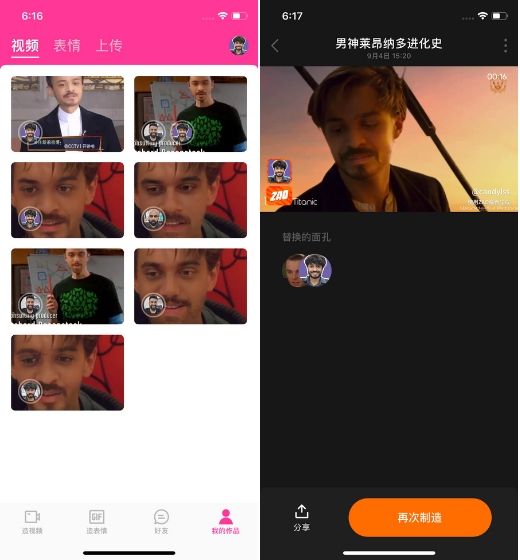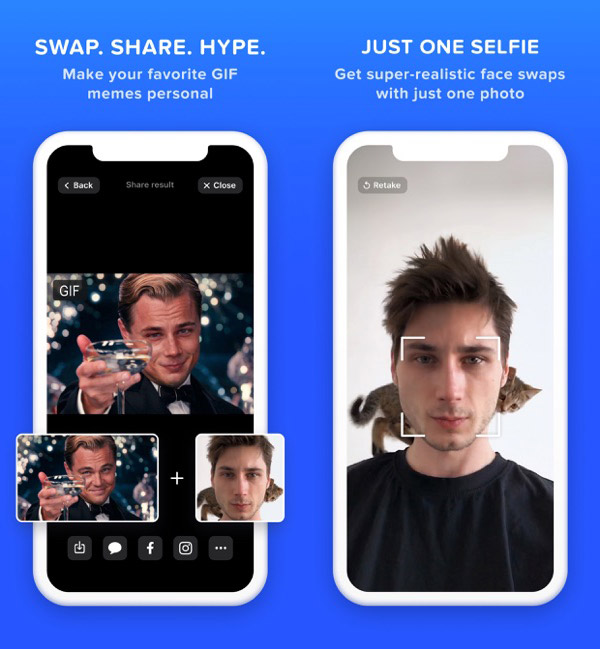
But from the casual user’s perspective, an app like ZAO poses the same privacy problems that have ensnared us before. This occurs when two GANs try to fool each other into thinking an image is “real” using just one image of somebody, a good GAN can create a seamless video clip of that person.Īs deepfake tech continues to grow more widespread and easy to employ, the potential applications will only grow more wicked-like, say, using weaponised deepfakes of politicians to sway voters in a crucial election. For a refresher, deepfakes are based on generative adversarial networks (GANS), which enable algorithms to move beyond classifying data into generating or creating images. ZAO trades in the kind of AI technology that makes deepfakes-like this viral Bill Hader/Tom Cruise mashup from last month-simultaneously amazing and terrifying. #DMC5 /AdpB4DIA00- Allan Xia September 2, 2019 I guess folks might not have to spend hours during character creation? I can see streamers loving this application of AI facial replacement. Oh yeah, #Zao also works rather well with CG characters. The results, as shown in some of the tweets below, are impressively realistic. ZAO’s appeal is admittedly irresistible: Upload your selfie to the app and within seconds, your face will be inserted into scenes from movies like Titanic and shows like Game of Thrones. It hasn’t landed stateside yet, but it’s only a matter of time.

Over the weekend, another face-swapping app called ZAO launched in China and immediately became the most popular app in the country.
#DEEPFAKE APP LICENSE#
Petersburg-based company behind the app “irrevocable, nonexclusive, royalty-free, worldwide, fully-paid, transferable, sub-licensable license to use, reproduce, modify, adapt, publish, translate, create derivative works from, distribute, publicly perform and display your User Content and any name, username or likeness provided in connection with your User Content in all media formats and channels now known or later developed, without compensation to you,” we promptly wised up about our privacy, stopped posting our selfies, and instead settled for merely imagining what we’ll look like when we’re octogenarians by looking at pictures of our grandparents.īut it sure is tempting to see what our faces might look like with some cool tech tweaks, data concerns be damned, which is how we find ourselves back in the exact same place a few months later.

It was pretty fun for a few days, but as soon as we got hip to FaceApp’s hilariously vague and expansive Terms of Service, which granted the St.

If you can think all the way back to the bygone days of July 2019, you’ll remember that we as a country were briefly enraptured by FaceApp, an app that used neural networks to simulate what you’d look like as an old person, just as long as you uploaded your selfie and forked over your face to shadowy Russians who then had permission to use it for possibly evil purposes in perpetuity.


 0 kommentar(er)
0 kommentar(er)
